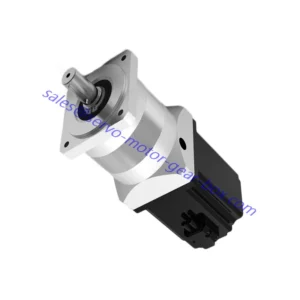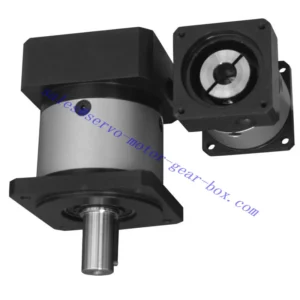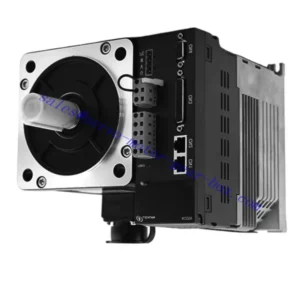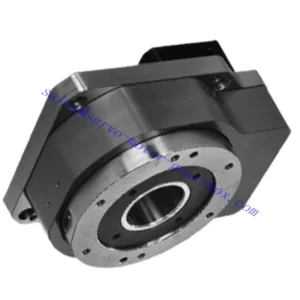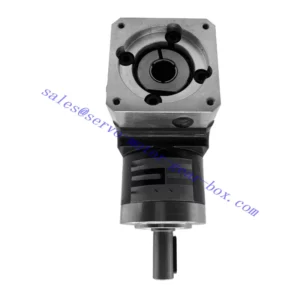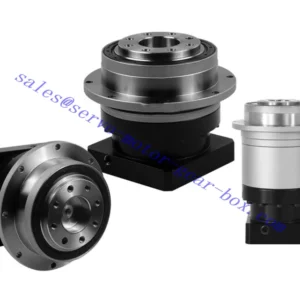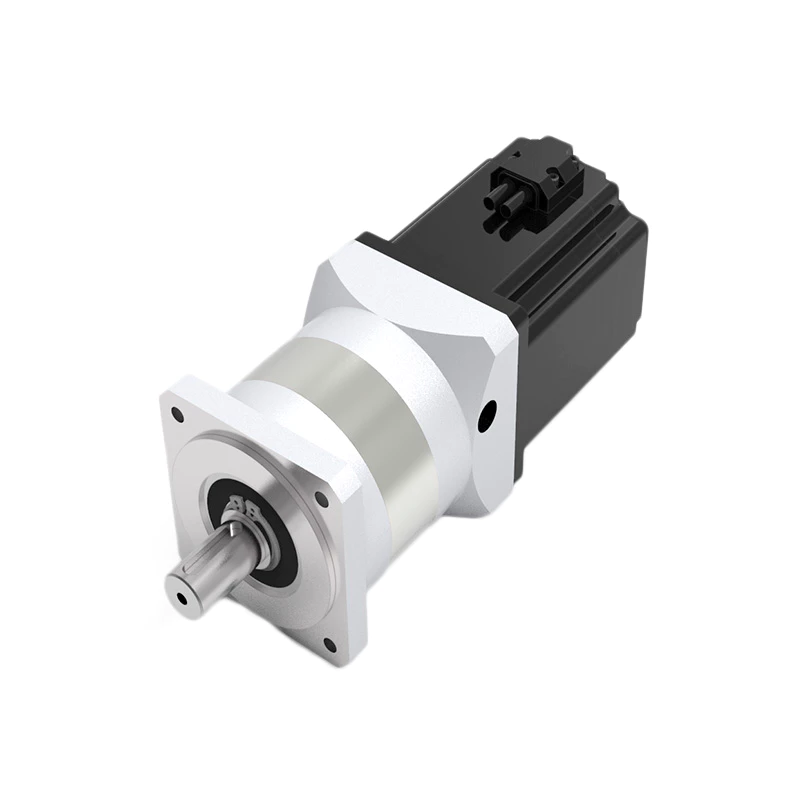
What Is A Servo?
A servo or servo motor, at its simplest, is a self-contained electromechanical device that allows for powerful and precise positioning control. Servo motors usually consist of at least an electric motor, a gearbox, a potentiometer, a small control board, and an output shaft. The servo’s controller board receives control data from an outside motion controller. Depending on the degree of motion required, the servo’s controller board instructs the servo’s motor to rotate a certain amount, which results in a commensurate rotation of the output shaft. When the potentiometer detects that the output shaft has rotated the specified amount, it sends a signal to the controller board, which stops the motor and holds the servo at that
What Types of Servo Are There?
Servos come in a few different configurations, depending on the type of motor used or on the desired output of motion. Servos that use DC motors tend to be a bit quicker than those that use AC motors. However, servos using AC motors can be a bit more accurate and durable than servos using DC motors. In a positional rotation servo, the output shaft can rotate up to 180 degrees. In a continuous rotation servo, the output shaft can continually rotate in a direction for as long as instructed to do so by the motion controller. Linear servos are built to provide side-to-side or back-to-front motion, vs. rotational motion as seen in other servo types.
What Are the Factors in Choosing A Servo Gearbox?
As compared to other types of gearboxes, those used in servos are fairly unique due to the specific demands placed on them. A servo gearbox needs to deal with high input speeds, have a wide operating range, provide adequate torque for the application, be robust enough to handle continuous and repetitive use, and have low gear backlash. The specific type of gearbox to use depends on the application and space requirements. Common servo gearbox types include:
- Planetary: for high system rigidity, compactness, and high torque
- Spiral Bevel: for larger sizes, better versatility, and higher efficiency
- Hybrid: for applications requiring the best features of both planetary and spiral bevel gearboxes
- Bevel Helical: for reduced size footprint and space efficiency
Our Products
-
10:1 Ratio NEMA34 High Precision Planetary Transmission Gearbox for Servo Motor
-
60~120st planetary gear box for servo motor 3:1 ~512:1 ratio gearbox reducer
-
6N.m servo motor with driver kit 220V 130 Flange big motor for CNC machine servo driver 1.5kw gear box
-
Hollow Rotary Actuator ZK130R-10-V2 Low Backlash Flange Mounted Planetary Gearbox for Servo Motor
-
Right Angle GearboxGearboxPrecision GearboxPlanetary GearboxServo Motor DriveSupporting Servo Motor
-
ZD Low Backlash Spur Helical Gear PLE/PLF Shimpo Sesame Equivalent Planetary Gearbox For Servo Motor Steeping Motor
There are many specialized components that serve specific functions in a modern motion control system. There are electronic pieces, such as the main control computer and motion controllers, which serve as the “brains” of the entire system. There are also mechanical components, such as motors, servos, and linear actuators. One component that can be overlooked sometimes, though, is the gearbox on a servo motor.
